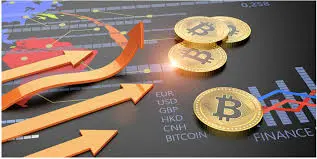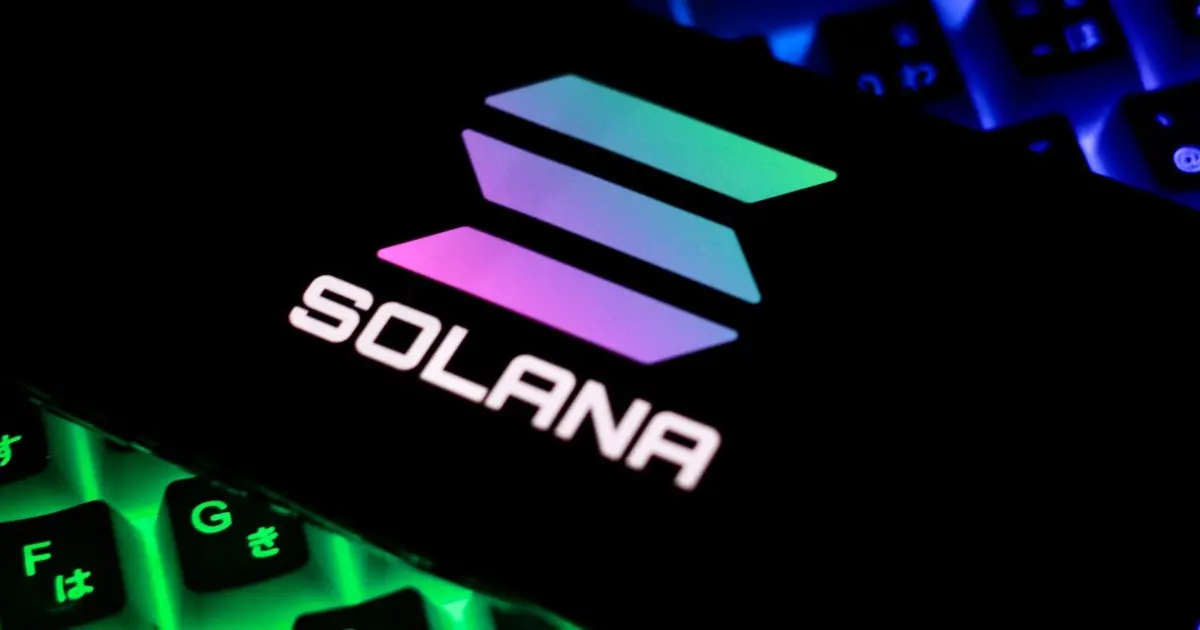The chairman of the Solana Foundation talks about the a16z report: there is an EVM bias and DePIN innovation is not mentioned
Author: Lily Liu, Chair of the Solana Foundation
Compiled by: zhouzhou, BlockBeats
Editor’s Note: This article reveals the EVM bias in the a16z report, overlooking Solana's outstanding performance in transaction fees, NFTs, and the DeFi market. Despite Solana leading in NFT addresses and transaction volume over the past year, the report fails to mention significant innovations in DePIN, such as Helium and Hivemapper. These groundbreaking projects showcase the real-world applications of decentralized networks, particularly thriving within the Solana ecosystem, leaving us optimistic about the future.
The following is the original content (reorganized for readability):
I read a16z's report on the "State of the Crypto Industry" and found it very insightful! Although I primarily focus on areas outside of EVM, I always cherish the opportunity to learn about other innovations in the self-custody space. However, I noticed a certain implicit EVM bias in the report. Here are some of my observations:
The authors set the global framework as a dichotomy between EVM and non-EVM, creating a binary opposition that views ecosystems and developers choosing not to develop within EVM as "others." For example, the visualization of active addresses is misleading. Solana's monthly active addresses reach 100 million, surpassing Base's 22 million, yet the chart nearly equates the two. A more accurate approach would be to use a single bar chart, distinguishing EVM and non-EVM bars with different colors (if necessary). Additionally, the slide claims that "Base and Solana" have the highest monthly active addresses, but careful readers will note that NEAR Protocol's active addresses are 31 million, exceeding Base. Therefore, the title should be changed to "…Solana and Near are the most active."

Now, let's discuss the choice of metrics. In our industry, we typically use active addresses and Total Value Locked (TVL) as standard benchmarks for ecosystems. However, I suggest measuring the ecosystem's activity, demand, and overall health in a more meaningful way: transaction fees. Transaction fees directly reflect user participation in valuable economic activities, their willingness to pay for execution, and the profitability of validators.
With Solana introducing a fee market, we can now distinguish the economic value of different types of activities within the ecosystem and apply this approach to other ecosystems.
In terms of transaction fees, Solana has made significant progress. Before December 2023, Solana's monthly transaction fee market share never exceeded 1.5%. Since April 2024, this percentage has consistently remained above 10%, peaking at 25% in July. When we consider MEV tips to measure "Real Economic Value" (REV), Solana is closing the gap! The chart from Blockworks highlights the narrowing REV gap between Solana and Ethereum.

Here’s another EVM-centric perspective, related to the gaming sector. Using mgas/s as a metric to evaluate gaming infrastructure excludes Solana and other non-EVM networks, leading to meaningless comparisons that only allow us to see a partial view of the blockchain gaming ecosystem.

Another example relates to DeFi, where TVL as a metric for comparing DeFi activities is insufficient, especially in key categories like DEX, derivatives, and bridging, where transaction volume is more relevant. While the report emphasizes overall DEX transaction volume, it only provides protocol breakdowns based on TVL, overlooking critical aspects of liquidity activity.
TVL often favors ecosystems with large asset reserves but limited liquidity, such as Ethereum. While Solana's TVL is only 10% of Ethereum's, its monthly DEX transaction volume fluctuates between 50% and occasionally exceeds Ethereum. To accurately reflect on-chain economic activity, we must focus on the economic value of transactions, not just the value held. In this context, ecosystems with higher capital efficiency and superior on-chain performance stand out.

Among the comparable metrics across ecosystems, the report still primarily focuses on Ethereum and EVM L2. It views the implementation of EIP-4844 as an important milestone for reducing industry fees. However, it is worth noting that since its launch in March 2020, Solana's transaction costs have also remained low. Furthermore, in terms of transaction affordability, Solana's median fees have consistently been lower and more stable than Base.

Despite data from nftpulseorg showing that Solana ranked first in NFT addresses, second in transaction volume, and fourth in unique collectibles over the past year, Solana was once again excluded from this NFT comparison.
The slide mentions that low transaction costs drive new consumer behavior, which can be well illustrated by the example of Drip Haus. Since March 2023, the platform has achieved a total of 182 million NFT mints, with a total cost of only 1,600 SOL (calculated at $150 per SOL, each NFT costs only $0.001), as pointed out by Ledger Top.

The absence of DePIN is very noticeable; Helium is revolutionizing cellular networks, currently boasting over 1 million active hotspots in 182 countries. Hivemapper utilizes decentralized networks for global mapping, recording over 7.5 million kilometers of street data in more than 50 countries. Render Network provides decentralized GPU rendering services, offering critical computing power for industries like gaming and AI. This is an upgraded version of SETI@home, showcasing real application value.
More importantly, most of these innovations are occurring within Solana rather than the EVM ecosystem. Is this the reason why the report fails to mention DePIN at all?









